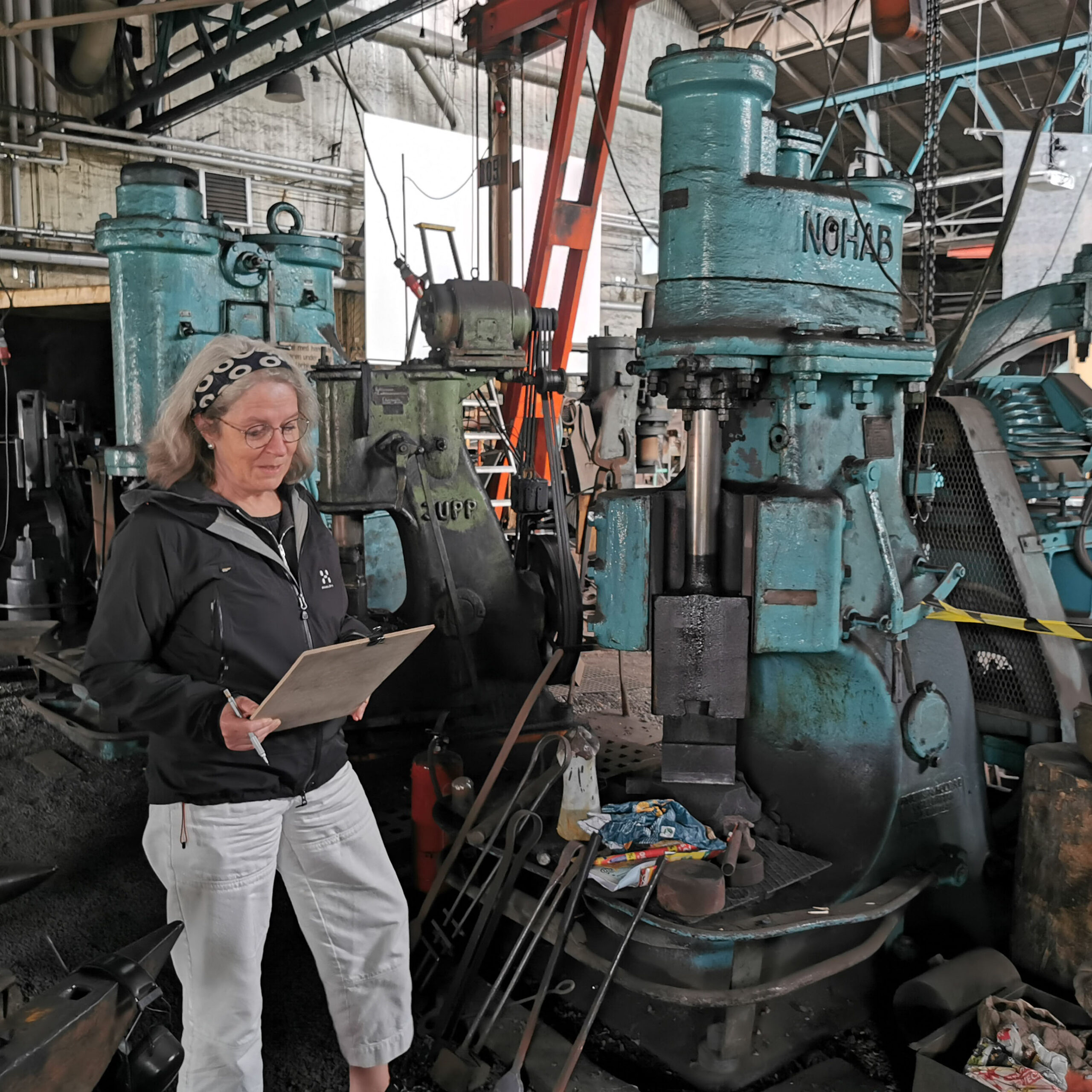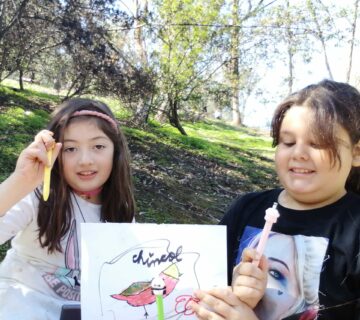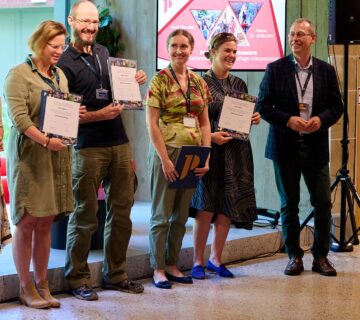Nine interpreters met amongst canal locks, elk, locomotives and Saab cars to be creative in the making of CIW signs and audio guides.
In September an IE Certified Interpretive Writer (CIW) course was held in Trollhättan in western Sweden. Participants from the region of Västra Götaland were the hosts and a number different locations were available to us for the course. Most prominent were the Trollhätte canal with a number of old and newer locks, the museum of the car manufacturer Saab, industrial workshops from the 20th century, and the geological park and natural reserve of Halleberg and Hunneberg.
This was the first CIW course to be held in Sweden. Several of the participants were from the region of Västra Götaland, with others from the middle of Sweden, Stockholm, Uppsala and Norway. Some were experienced interpreters and had taken the Certified Interpretive Guide (CIG) and Certified Interpretive Planner (CIP) courses before, and some were beginners.
A platform for good team building were short exercises of creative writing at the start of each day, and the exercises were also important for the participants to get started with more colorful and elaborate texts.
The network of locks in the Trollhätte canal and the society derived around them, became a reuccuring phenomenon for the exercises, from the first introductory work to our final signs on the fifth day.
The limited amount of text and/or audio allowed was a challenge at first, but day by day the really short format awoke new ways to write in a more dense way to provoke, reveal and relate. The exercises in creative writing contributed greatly to that.
One day the course travelled to the plateau mountains of Halleberg and Hunneberg and a museum dedicated to the hunting of elk. The nature, the museum and the tent in which some work took place was a nice contrast to the city. There we also shifted focus from written signs to audio interpretation. In a short time all participants were able to produce interesting short guides.
The new knowledge will in the future be used at hiking trails in Västra Götaland, in the region of Bergslagen and in the east of Sweden and in Norway. A really creative group enjoyed a really intensive week. And a final tip for other courses: By starting a google docs presentation or document, all the exercises and the signs produced during the week can be shared within the group.
Lennart Spetz is a former archaeologist and has spent many years as a newspaper journalist and communicator. He has lately specialised in science and sustainability. He can be contacted at: lennart.spetz@gmail.com.
To cite this article: Spetz, Lennart (2023) ‘The first swedish CIW course – a really creative one‘ in Interpret Europe Newsletter 4-2023, pg.9.
Available online: https://interpret-europe.net/wp-content/uploads/2023/12/IE-Newsletter-2023_4-winter.pdf



